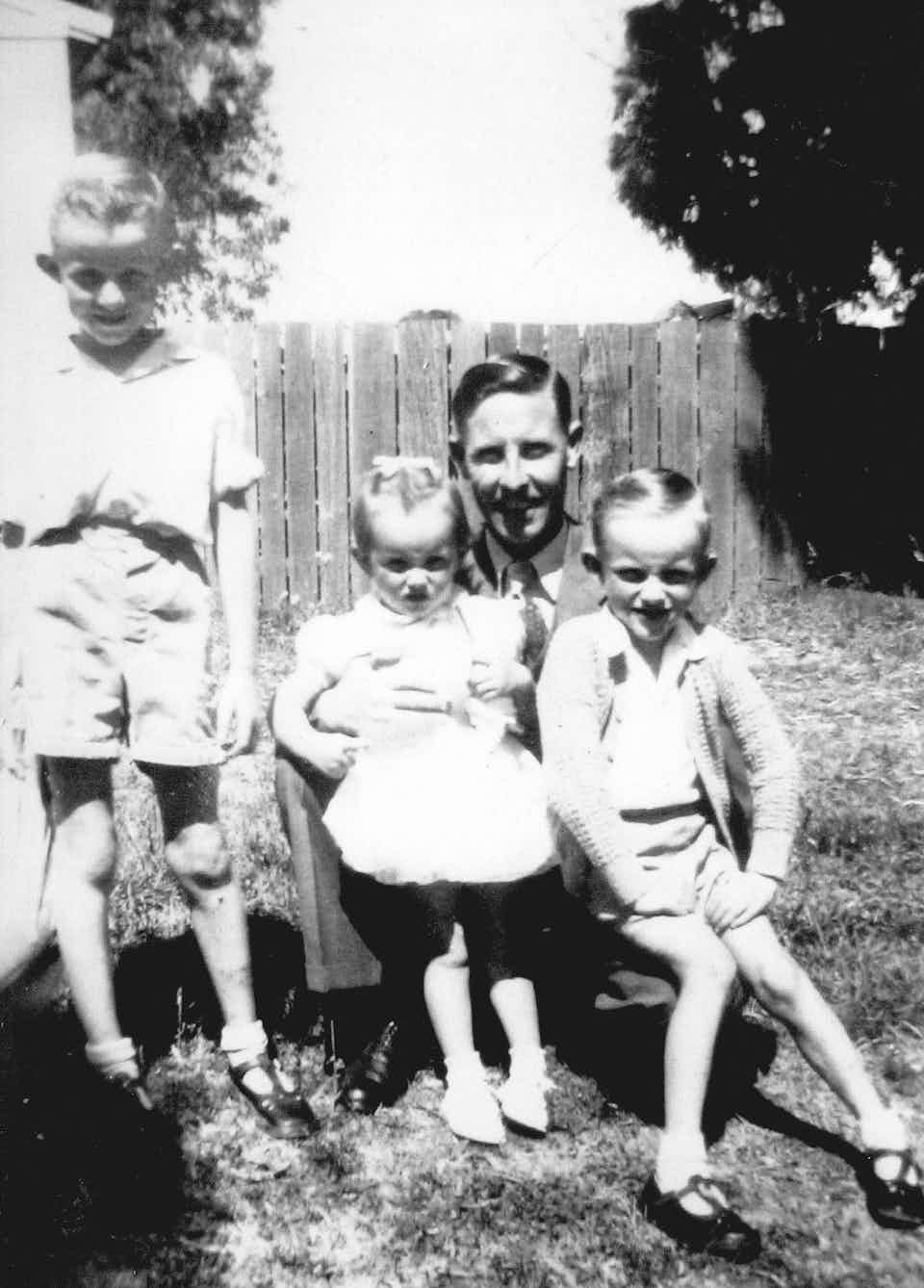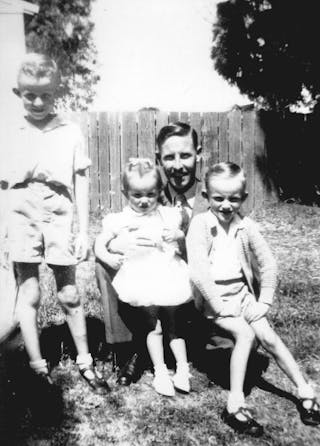“Life doesn’t come with an instruction book — That’s why we have fathers,” said H. Jackson Brown Jr. This genuine quote shortly describes everything about dads.
“The older I get, the smarter my father seems to get.”
—Tim Russert
- ~Dad, you may not know everything, but you sure had me fooled for a while.
- ~I wouldn’t trade you for anything, Dad. I mean, nobody’s offered me anything, but I’m pretty sure I wouldn’t!
- ~World’s greatest farter … I mean father.
Today’s Australian fathers are believed to be more “hands on” and engaged with their children than the stereotypical absent breadwinner of generations past.
However, our research exploring Australian fatherhood between 1919 and 2019 has found that while men’s family roles have changed, deep-rooted societal and cultural forces keep them from being the kind of fathers many of them would like to be.
The breadwinner of the early 1900s
The “new man” of the late 20th century
The “modified breadwinner” family
The parenting paradox
“Everything is good but there is only one thing that I want to thank God that I don’t look like you dad…. Warm wishes on Father’s Day.”
“Dad, I am ready to give you anything and everything you deserve on Father’s Day but not something that you don’t deserve and wish to have…. Have a Happy Father’s Day!!!”
Today’s Australian fathers face a striking paradox. They are expected to be more “hands-on dads”, yet there’s been little systemic change in their working lives (including access to, and uptake of, parental leave and flexible work). There’s also been little change to gendered roles in family arrangements: a situation that, admittedly, many fathers have been happy to roll with.
Most fathers are still working long hours and many are concerned about how little time they have to be engaged fathers. Today’s dads may not view breadwinning as their raison d'être, but the breadwinner model of Australian fatherhood is not yet “history”.
The expressions on the faces of prospective employers seemed to give it all away. From the age of 50, Martin Smith felt he was considered “too old” for the job.
“When you are knocking on doors and see the look on people’s faces, you can read it,” he said. “As soon as you walk in the door you feel like you don’t have a chance against someone who is younger, fitter and clean cut.”
Barriers to finding a job when you’re over 50
Researchers Have Finally Observed These Crafty Cockatoos Making ‘Cutlery’ in The WildScienceAlert
- “The first English translation, published in 1922, the year of The Waste Land and Ulysses, might easily have been mistaken for a Modernist war poem” — Wittgenstein, war, and the Tractatus
- “Online Trolls Actually Just Assholes All the Time, Study Finds” — not The Onion. Also, “non-hostile individuals” tend to not engage in political discussions online.
- Our folk categories of mental activity (e.g., perception, memory, attention, decision-making) have structured how neuroscientists study the brain — but those categories seem increasingly unhelpful, as none of them “actually corresponds to a thing in the brain”
- It refers to both the “dynamic in which practices of freedom produce harm, brutality, and subjugation as freedom” and “freedoms… deemed too inconsequential, repellent, or deflating” — Elisabeth Anker (GWU) on “ugly freedom”
- Future of the history of philosophy? — illustrated commentary from Nic Bommarito (Simon Fraser University)
- Were you influenced by the late Joseph Margolis or his work? — If so, consider submitting a video comment for a memorial event Temple University is holding (see Update 2)
- Artistic renderings of Socrates, Plato, Aristotle and others as “real people”, based on busts, portraits, and population genetics studies — artist Alessandro Tomasi uses Photoshop and Artbreeder to create the images

